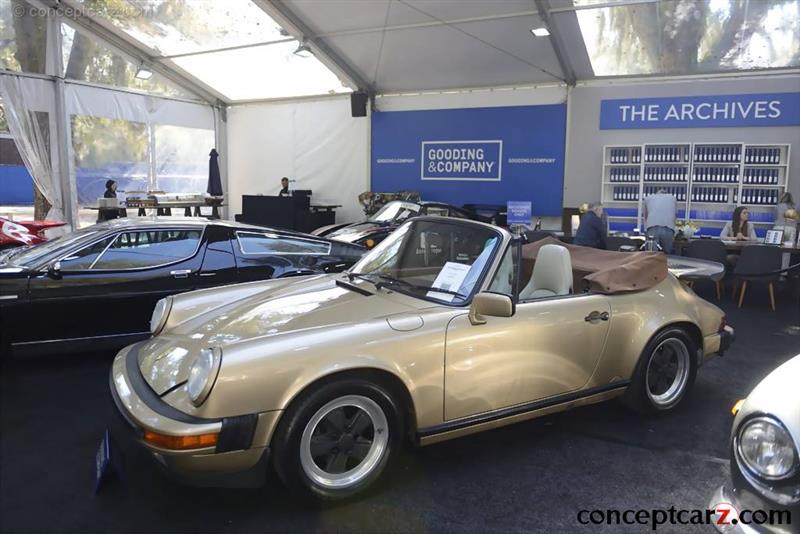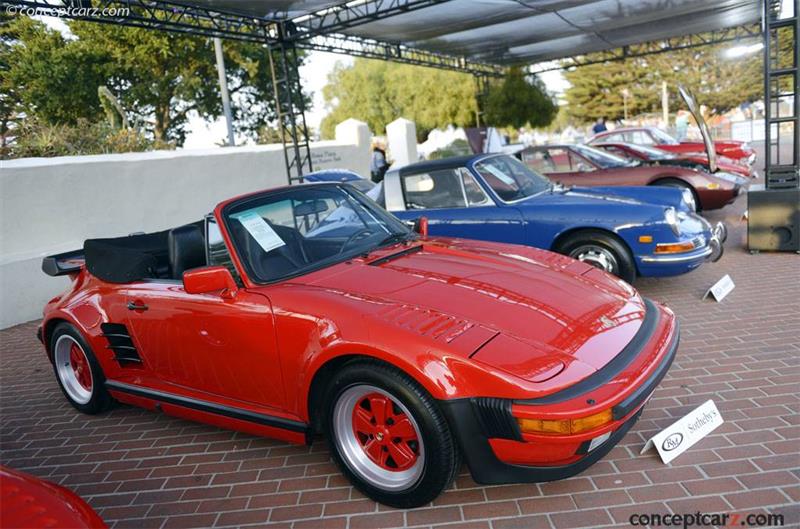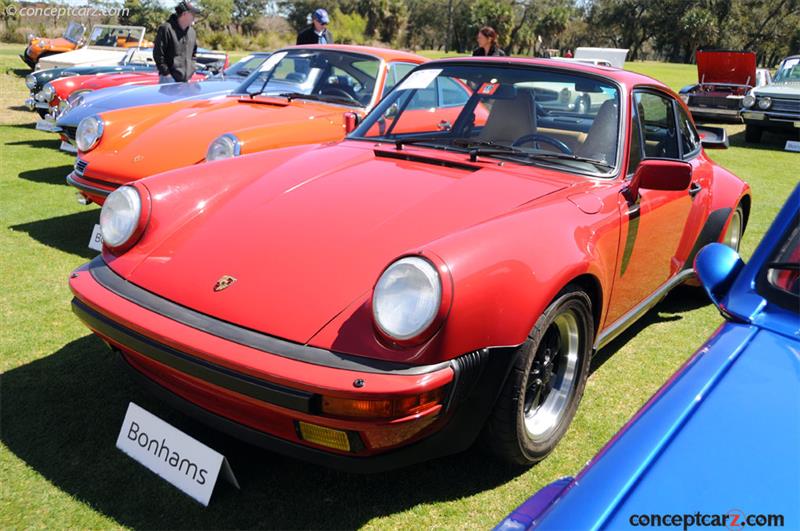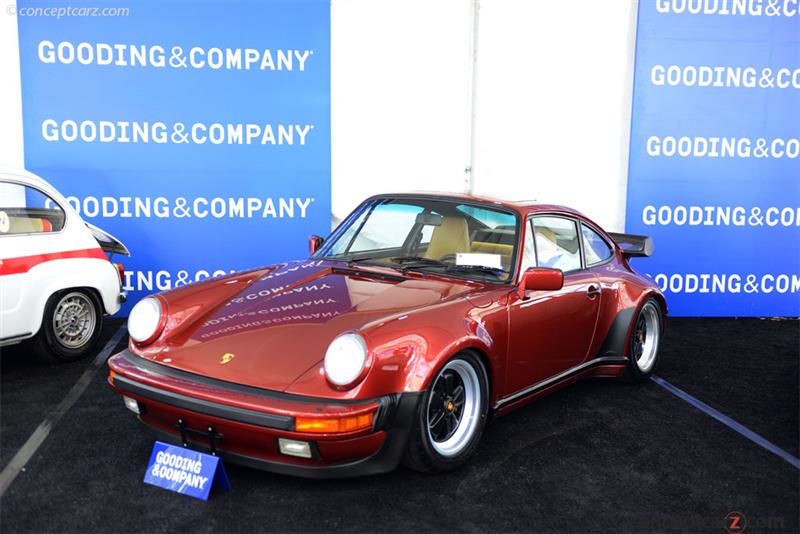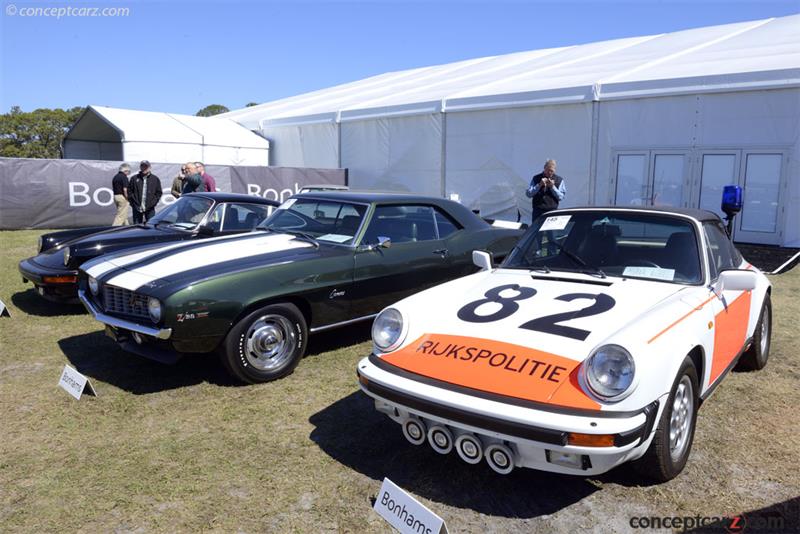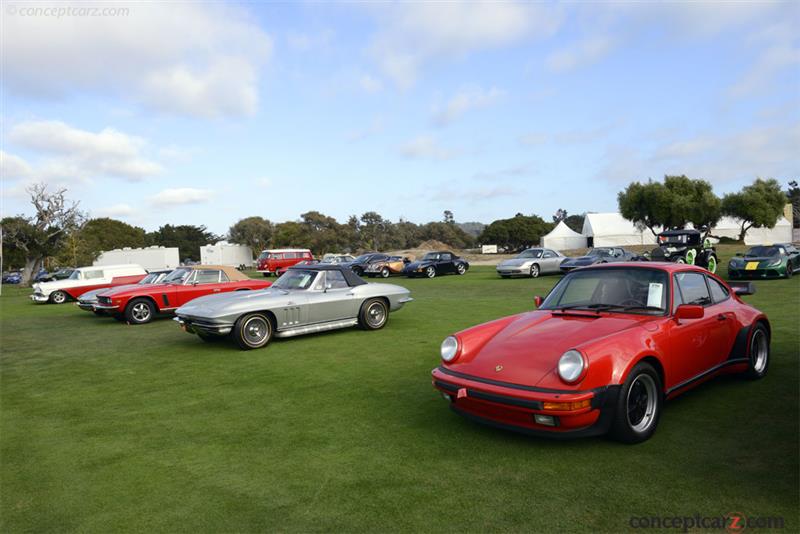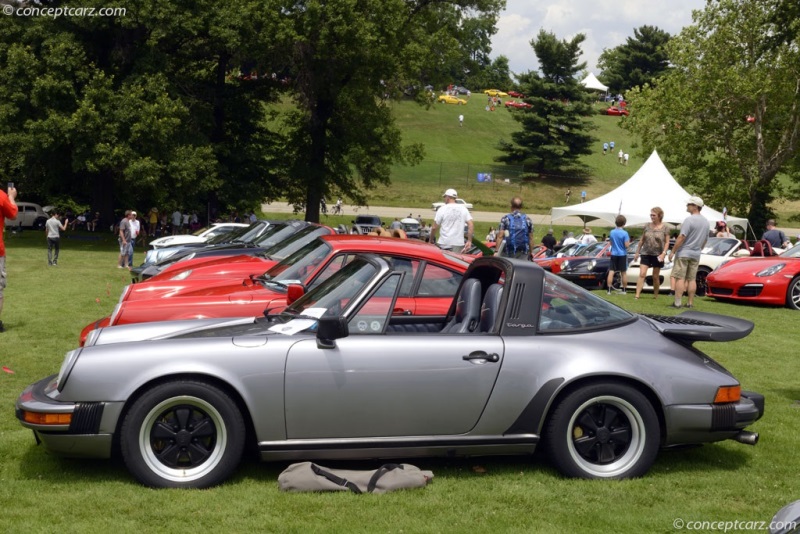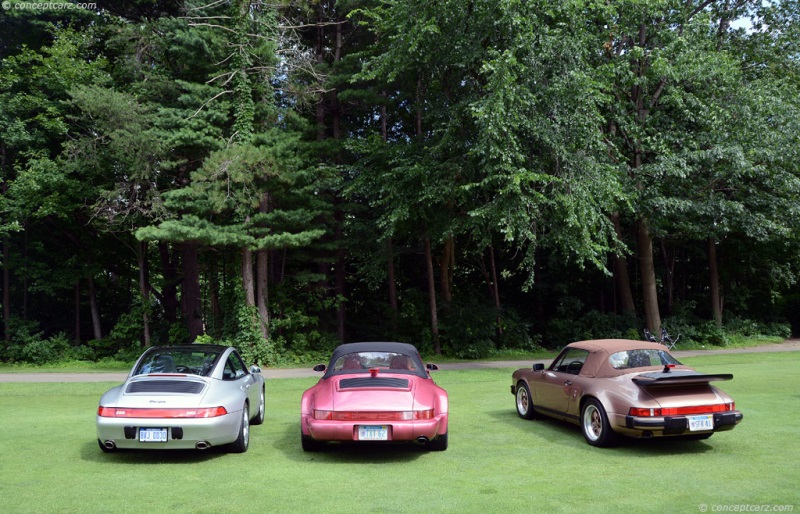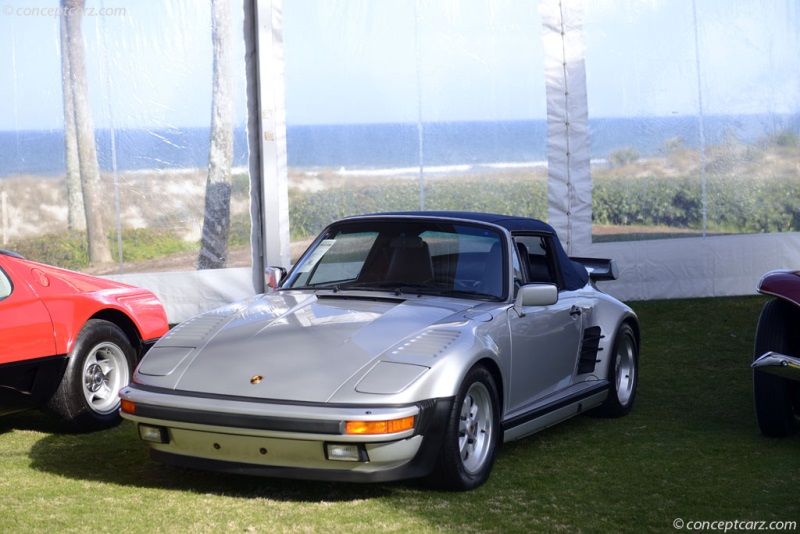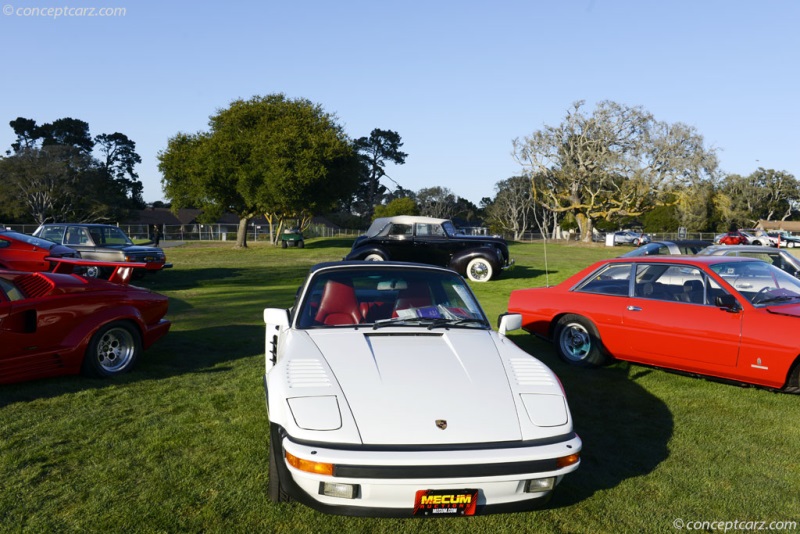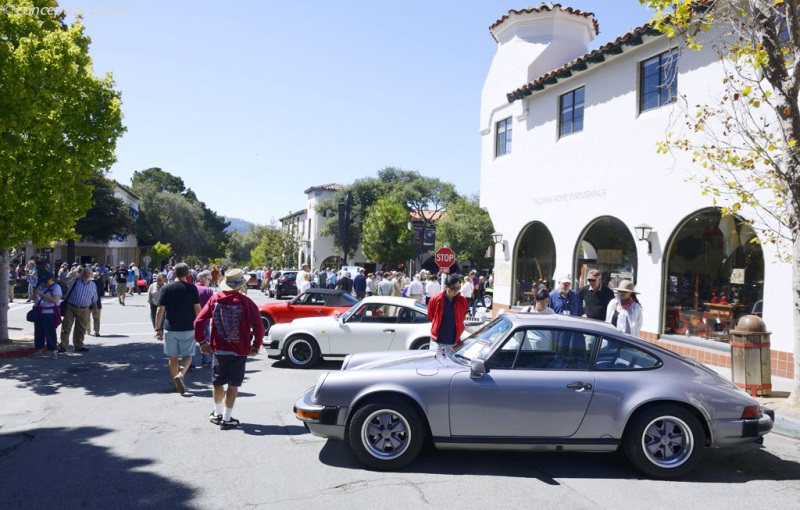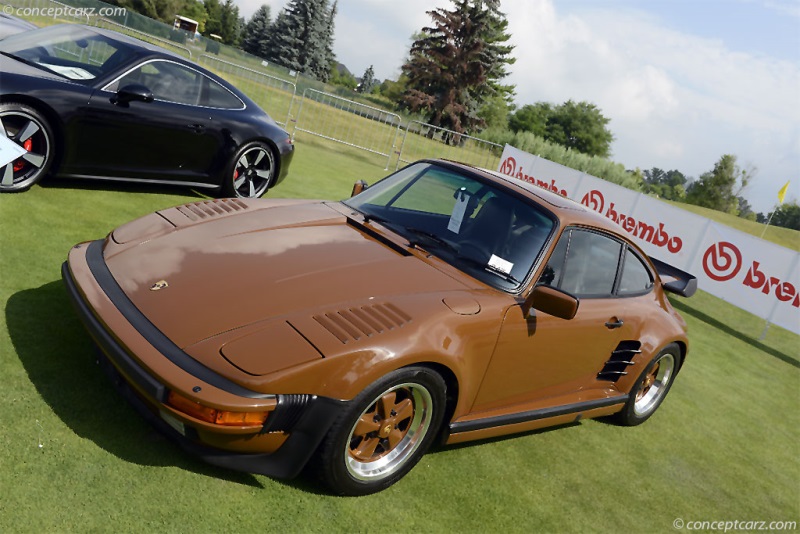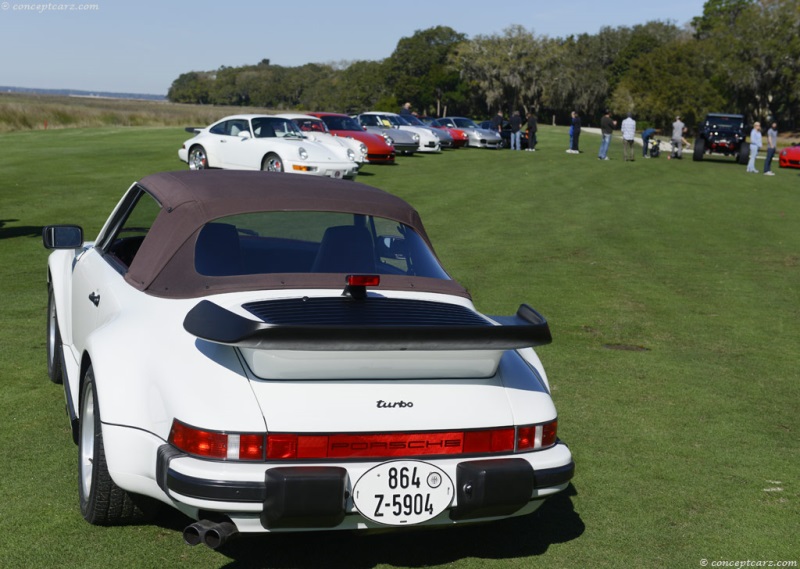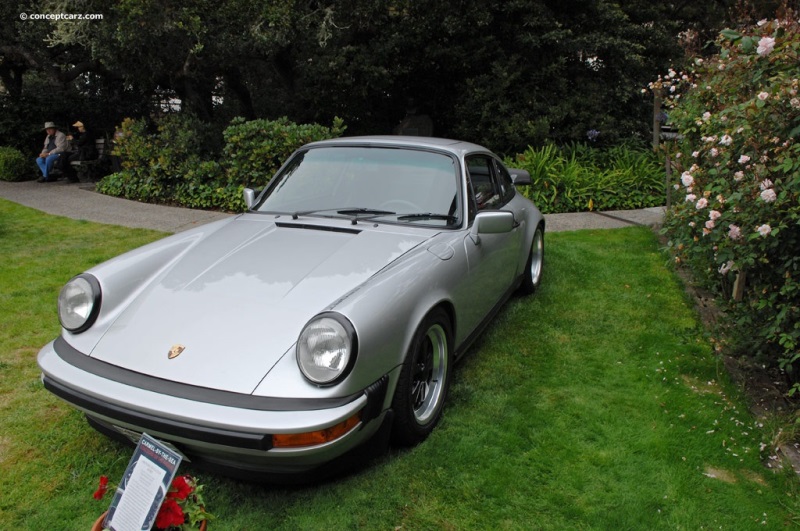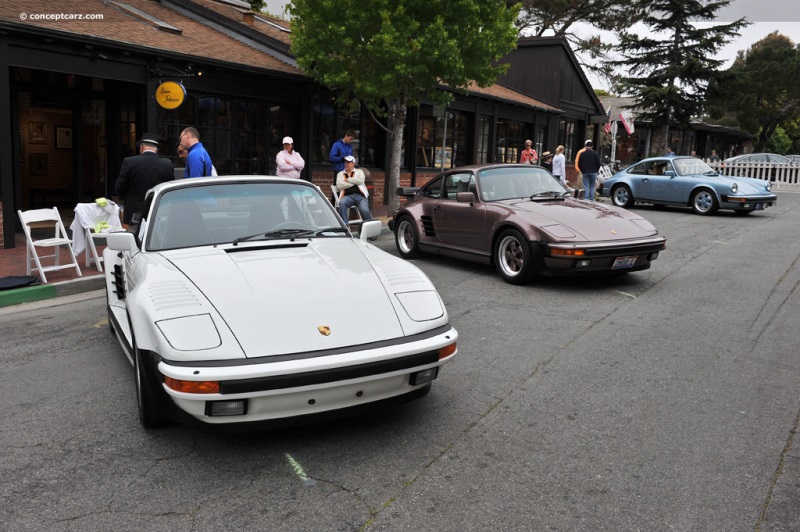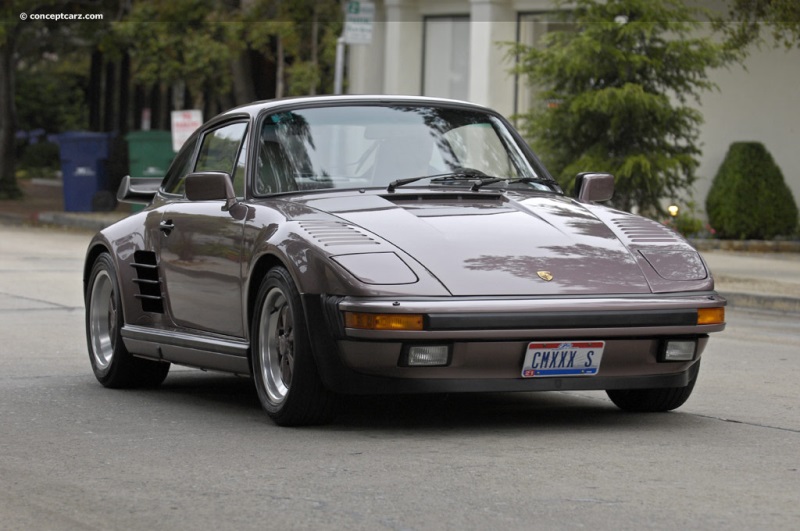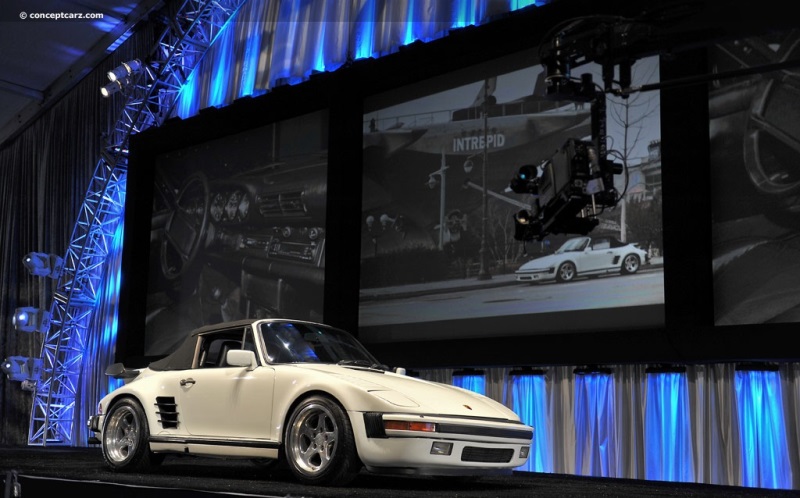The second-generation 911 - the G-Series - externally differed from its predecessors in appearance. Ten years after the premiere of the 911, the engineers at Porsche gave the 911 its first thorough makeover. The G model series was produced from 1973 to 1989, longer than any other 911 generation. It featured prominent bellows bumpers, an innovation designed to meet the crash test standards in the United States. Other noticeable changes are its rear fender flares and optional front and rear spoilers. Starting in late 1982, fresh air enthusiasts could also order the 911 as a Cabriolet for the first time.
Club Sport Coupe
View info and historyTarga
A convertible 911, named the 'Targa' followed two years after the original Coupe's introduction in 1964. The 'Targa' was named in honor of Porsche's numerous victories in the Sicilian classic. Due to expected U.S. safety legislation, Porsche had designed an ingenious approach to the first soft-top 911, utilizing a hefty roll-over bar to protect the occupants in the event of an inversion. The removable roof and rear hood sections, when not in use, were stowable in the boot. The Targa remained part of the 911 lineup through the end of the 1990s when the Cabriolet became the sole open-topped 911 with the introduction of the Type 996 range for 1999.911 3.2
Among the most notable advances of the 911 was the introduction of the 3.2-liter engine for 1984. The '3.2' remained an air-cooled 'flat six' that incorporated an effective cam chain tensioner and associated lubrication system that at last addressed a perennial 911 shortcoming. The new 'boxer' motor developed 231 horsepower with performance that approached that of the original 911 Turbo of 1974, with zero-to-sixty mph accomplished in 5.3 seconds and a top speed of 152 mph. 911 3.2 Club Sport
Porsche 911 2.7 RS for the 1980s was the Carrera 3.2 Club Sport, and like its RS predecessor, the key to the Club sport is lightness. Porsche reduced the standard car's 1,210 kg by 40kg, omitting unnecessary 'luxuries' including electric windows, rear seats, radio, rear quarter panels, rear wiper, door pocket lids, central locking, passenger sun visor, engine-and luggage-compartment lights, underseal (although some UK cars retained some protection), some sound-deadening (that in the engine bay and roof lining remained), and even the coat hooks. Like earlier 911s, the Carrera 3.2 Club Sport had manual heater controls instead of an automatic thermostat system. The air-conditioning system was deleted in markets where that was standard.
Turbo Slant Nose
Chassis #: WP0EB093XJS070379
View info and history
Auction entries : 3Additional weight-saving features included an alloy spare wheel and a lighter start motor which used a simplified wiring loom. Although stripped of non-essential materials, the interior was far from austere, with fulling carpeting, including over the rear seat area, and pinstripe fabric seats. A few examples had leather seats. Power was from the standard 3.2 engine, albeit with lighter hollow inlet valves, and located on stiffer mounts. The rev limit increased from 6,520rpm to 6840 rpm thanks to a revised engine management system, however, Porsche literature did not claim any increase in power over the standard engine's 231bhp. The engine was backed by a G50 gearbox with a shorter throw and taller fourth and fifth gears, and a limited-slip differential. The suspension was modified with Bilstein gas dampers at all four corners. Most of the Club Sport models were finished in Grand Prix White with the option of large 'Carrera CS' side decals in Guards Red. The Fuchs alloy wheels typically had matching red centers, but could also be ordered in black or white.Porsche built 340 examples of the Club Sport, with 53 right-hand-drive examples being sent to the United Kingdom. 28 examples were sold in the United States. 911 Turbo
The Turbo remained the company's image builder and much of its development had resulted from the factory's racing program. FIA Group 4 homologation required 400 road cars to be built and spurred the development of 'Project 930.' Production began in April of 1975, with the 3.0-liter Carrera RSR engine employing a KKK turbocharger and in road trim, it developed 260 horsepower to a top speed of 155 mph. It was capable of racing from a standstill to 100 mph in 14 seconds.
Turbo Coupe
View info and historyThe 911 Turbo steadily evolved from the three-liter, non-intercooled coupe with the 'tea-tray' rear spoiler and flared fenders of 1975 to a limited number of examples fitted with the 935's flattened front fenders, large rear-quarter flares, and disappearing headlamps. Designated the 930 S, these all-steel cars had both a radical appearance, high cost, and were lavishly equipped. The lits of standard equipment included air-conditioning with rotary compressor, tinted glass, electric windows, a rear spoiler, 16-inch-diameter Fuchs forged alloy wheels (seven inches wide in front and nine inches wide in the rear), wheel locks, a Blaupunkt Reno stereo with eight speakers, heated rear window and headlamp washers, a rear window wiper, multi-adjustable power driver and passenger seats, and integrated fog lamps. The 911 Turbo had a base retail price in excess of $66,000. First offered to U.S. customers in 1987, about 589 factory-built flat-nose Turbos were manufactured in 1988.
by Daniel Vaughan | Oct 2017

Club Sport Coupe
View info and history
A convertible 911, named the 'Targa' followed two years after the original Coupe's introduction in 1964. The 'Targa' was named in honor of Porsche's numerous victories in the Sicilian classic. Due to expected U.S. safety legislation, Porsche had designed an ingenious approach to the first soft-top 911, utilizing a hefty roll-over bar to protect the occupants in the event of an inversion. The removable roof and rear hood sections, when not in use, were stowable in the boot. The Targa remained part of the 911 lineup through the end of the 1990s when the Cabriolet became the sole open-topped 911 with the introduction of the Type 996 range for 1999.911 3.2
Among the most notable advances of the 911 was the introduction of the 3.2-liter engine for 1984. The '3.2' remained an air-cooled 'flat six' that incorporated an effective cam chain tensioner and associated lubrication system that at last addressed a perennial 911 shortcoming. The new 'boxer' motor developed 231 horsepower with performance that approached that of the original 911 Turbo of 1974, with zero-to-sixty mph accomplished in 5.3 seconds and a top speed of 152 mph. 911 3.2 Club Sport
Porsche 911 2.7 RS for the 1980s was the Carrera 3.2 Club Sport, and like its RS predecessor, the key to the Club sport is lightness. Porsche reduced the standard car's 1,210 kg by 40kg, omitting unnecessary 'luxuries' including electric windows, rear seats, radio, rear quarter panels, rear wiper, door pocket lids, central locking, passenger sun visor, engine-and luggage-compartment lights, underseal (although some UK cars retained some protection), some sound-deadening (that in the engine bay and roof lining remained), and even the coat hooks. Like earlier 911s, the Carrera 3.2 Club Sport had manual heater controls instead of an automatic thermostat system. The air-conditioning system was deleted in markets where that was standard.
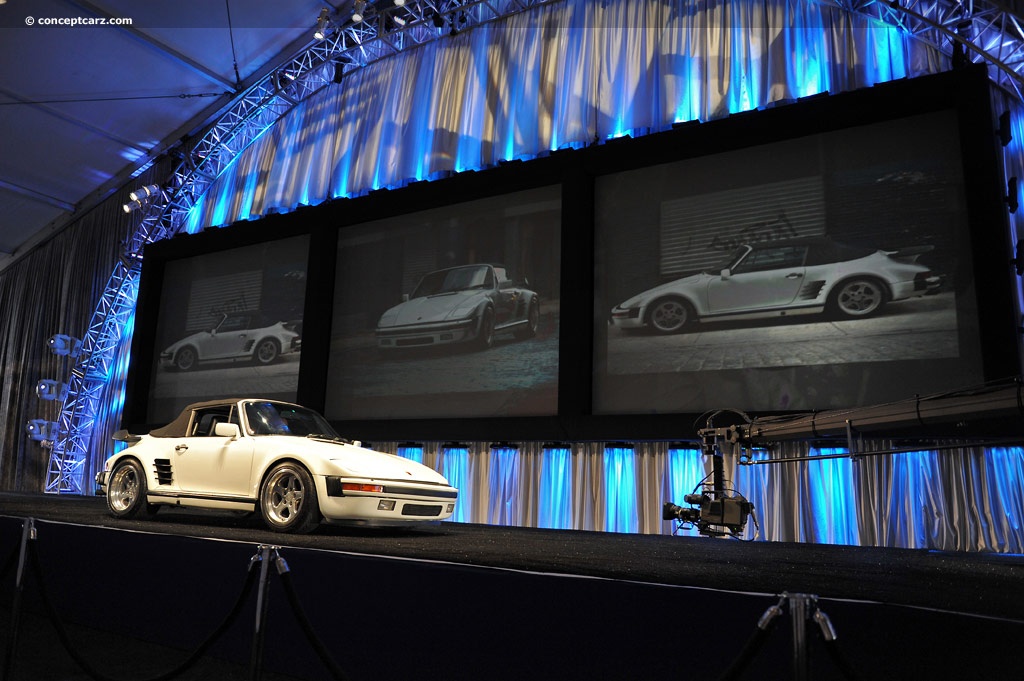
Turbo Slant Nose
Chassis #: WP0EB093XJS070379
View info and history
Auction entries : 3
The Turbo remained the company's image builder and much of its development had resulted from the factory's racing program. FIA Group 4 homologation required 400 road cars to be built and spurred the development of 'Project 930.' Production began in April of 1975, with the 3.0-liter Carrera RSR engine employing a KKK turbocharger and in road trim, it developed 260 horsepower to a top speed of 155 mph. It was capable of racing from a standstill to 100 mph in 14 seconds.

Turbo Coupe
View info and history
by Daniel Vaughan | Oct 2017
Related Reading : Porsche 911 History
The legendary Porsche 911 is the longest production run sports car of all time. It was conceived as a successor for the highly successful Porsche 356 and from the start had high aspirations for success. Ferry Porsches son, Ferdinand Alexander Porsche, designed the 911. When it went into production it was labeled the 901 but Peugeot had claims to the name, so to avoid infringing on their naming scheme,....
Continue Reading >>
Continue Reading >>
Related Reading : Porsche 911 History
Who could predict that the 911 would be Porsches saving grace and surpass the 356 in sales, longevity Quickly establishing itself as an icon of 60s cool, the iconic 911 only became more popular as the years went on. The flagship of the current lineup of Porsche, the 911 (pronounced Nine Eleven) or Neunelfer is a two-door grand tourer with a very distinctive design. The 911 is one of the oldest....
Continue Reading >>
Continue Reading >>
Similar Automakers
1988 Porsche 911 Carrera Vehicle Profiles
Recent Vehicle Additions
Performance and Specification Comparison
Price Comparison
$19,950
$25,550 - $33,255
$33,255
$58,900
$223,000
$300,000
911 Carrera Specification Comparison by Year
Year
Production
Wheelbase
Engine
Prices
89.50 in.
89.50 in.
6 cyl., 193.10 CID., 214.00hp
6 cyl., 193.14 CID., 282.00hp
6 cyl., 193.14 CID., 282.00hp
$38,505 - $76,505
89.50 in.
6 cyl., 193.10 CID., 214.00hp
6 cyl., 201.32 CID., 282.00hp
6 cyl., 201.32 CID., 282.00hp
$38,500 - $76,500
89.40 in., 89.50 in.
6 cyl., 193.10 CID., 215.00hp
6 cyl., 201.30 CID., 282.00hp
6 cyl., 201.30 CID., 282.00hp
$51,200 - $85,100
89.50 in.
6 cyl., 193.10 CID., 215.00hp
6 cyl., 201.30 CID., 282.00hp
6 cyl., 201.30 CID., 282.00hp
$51,200 - $51,200
Related Automotive News

The First-Ever BMW 2 Series Gran Coupé
An elegant silhouette complemented design features such as the Icon design LED headlights and frameless doors
Two petrol versions, including range-topping M235i, plus 2.0-litre diesel in engine line-up
Cutting-edge chassis technology optimises ha...

The All-New BMW 1 Series
Sportier design, improved handling and agility.
Lower emissions, more power and improved fuel efficiency.
BMW Head-up display, BMW Digital Key, BMW Intelligent Personal Assistant and BMW Live Cockpit Plus.
Array of new driver assistant systems.
...

PRICING AND SPECIFICATION FOR NEW MERCEDES-BENZ C-CLASS CABRIOLET REVEALED
Prices start at £36,200 OTR for petrol-powered C 200
Aircap, Airscarf and Memory Package come as standard
Choice of two trim lines and diesel and petrol engines – plus high-performance Mercedes-AMG models
Electrically-operated fabric roof offered...

FIAT Announces Pricing for All-new 2017 124 Spider
2017 Fiat 124 Spider is the most affordable turbo-powered convertible in America with a starting price of %2424,995 (MSRP)
Lineup includes Classica, %2424,995 Lusso, %2427,495 and Abarth, %2428,195 (MSRP)
2017 Fiat 124 Spider returns nearly 50 years af...
2016 MAZDA LINEUP: WHAT'S NEW
Having launched two refreshed and two all-new models for the 2016 model year, Mazda North American Operations is keeping busy with broadening its award-winning lineup of cars and crossovers. For the 2016 model year, Mazda is keen to maintain its leadership...


























